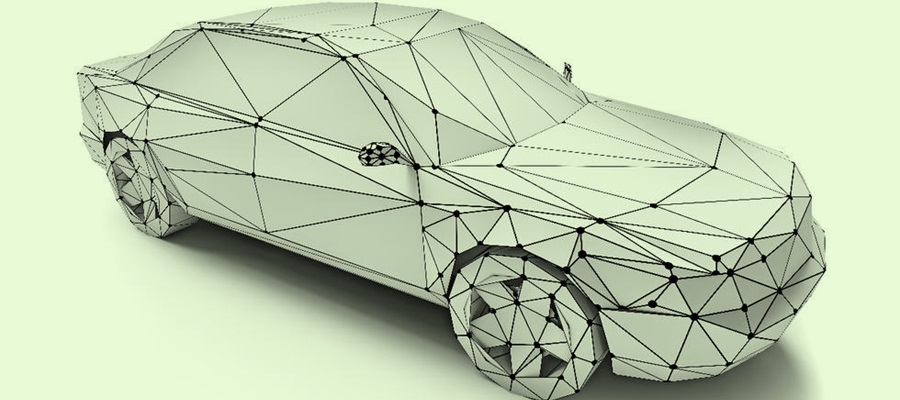R&D Tax Credits Prototypes and Pilot Plants

The software underpinning RDRelief was sold to one of the big-4 professional service firms in 2018. Consequently, the brand is no longer in operation.
- R&D Tax Advisors are invited to find out more about the Inspired.tax claim preparation software.
- Otherwise, please feel free to continue to browse this website for useful information regarding claiming R&D Tax Credits in the UK. However, beware that none of the information has been updated since 2018.
Contents
Background
Prototypes and pilot plants are often assumed to be naturally includable within an R&D Tax Credits claim owing to their very purpose to prove (or find out) something that is itself uncertain.
We will take a look at the precise definition provided in the BEIS guidelines, as contrary to common belief, this is not always the case, as this uncertainty may be a business or commercial uncertainty, rather than a scientific or technological uncertainty (as is required by the governments R&D Tax Credits guidelines).
BEIS Definition
"A prototype is an original model on which something new or appreciably improved is patterned, and of which all things of the same type are representations or copies. It is a basic experimental model possessing the essential characteristics of the intended process, material, device, product or service. The design, construction, and testing of prototypes generally fall within the scope of R&D for tax purposes. But once any modifications necessary to reflect the test findings have been made to the prototypes, and further testing has been satisfactorily completed, the scientific or technological uncertainty has been resolved and further work will not be R&D."
"Similarly, the construction and operation of pilot plants while assessing their operations is R&D until the scientific or technological uncertainty associated with the intended advance in science or technology has been resolved."
Analysis
Prototypes and pilot plants frequently qualify as R&D for Tax Purposes but it is important that only activities that are seeking to overcome scientific or technological uncertainty are included within a claim, as the prototypes and pilot plants cannot be included as qualifying R&D in their own right.
If you are developing a prototype that uses well known and understood technology and it is the business domain (rather than science or technological domain) that is uncertain, then this would not qualify as R&D for Tax Purposes. Furthermore, it could be that it is uncertain how to map your business requirements to the technology, but if the technology itself is not being appreciably improved, then this would not qualify as R&D for Tax Purposes.
But where you are going further than this and seeking an advance in science or technology through either the prototype itself (or the wider project that it is part of) and you have to overcome scientific or technological uncertainty to develop the prototype, then this would be the type of project that would qualify for R&D Tax Credits.
